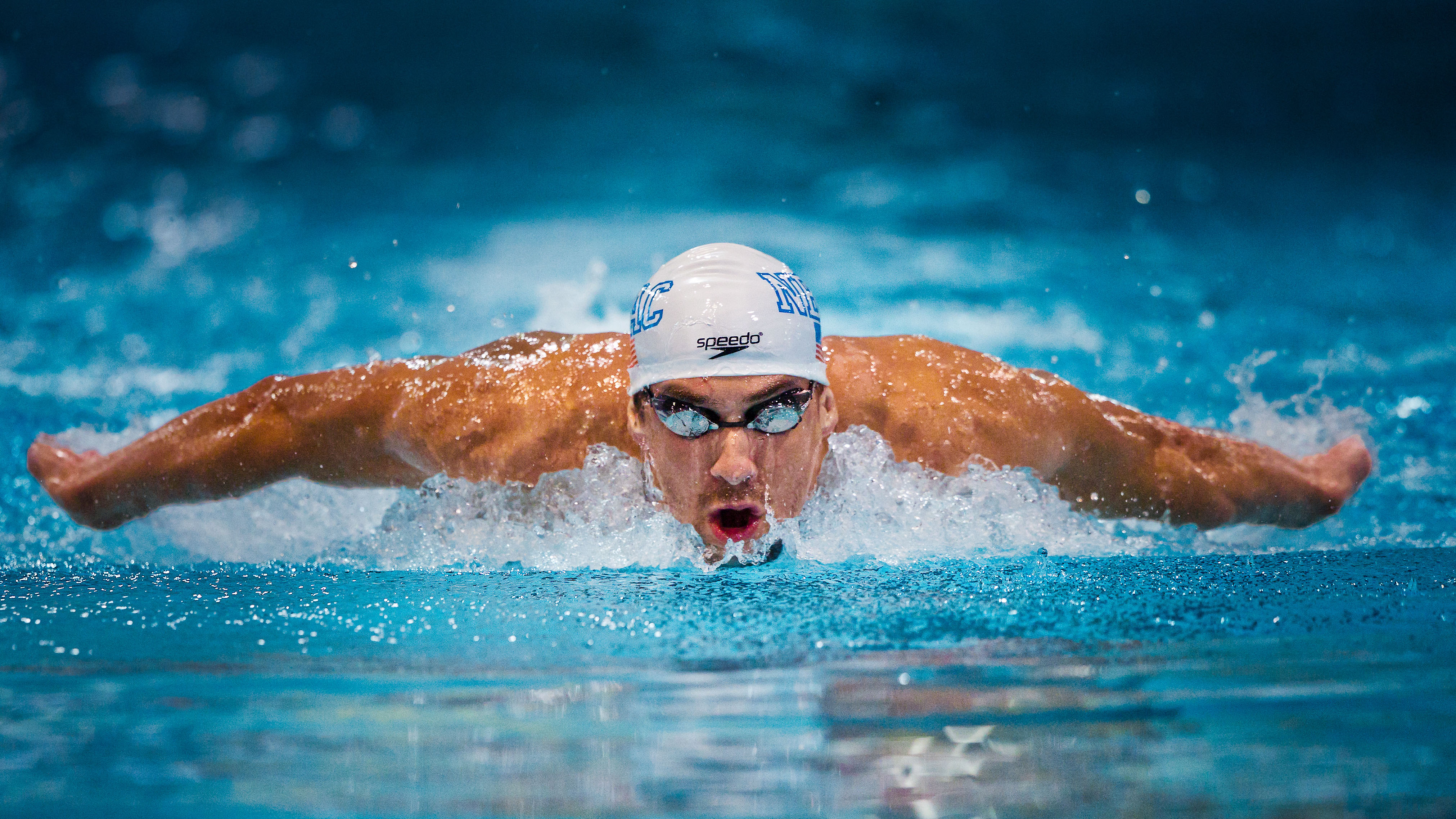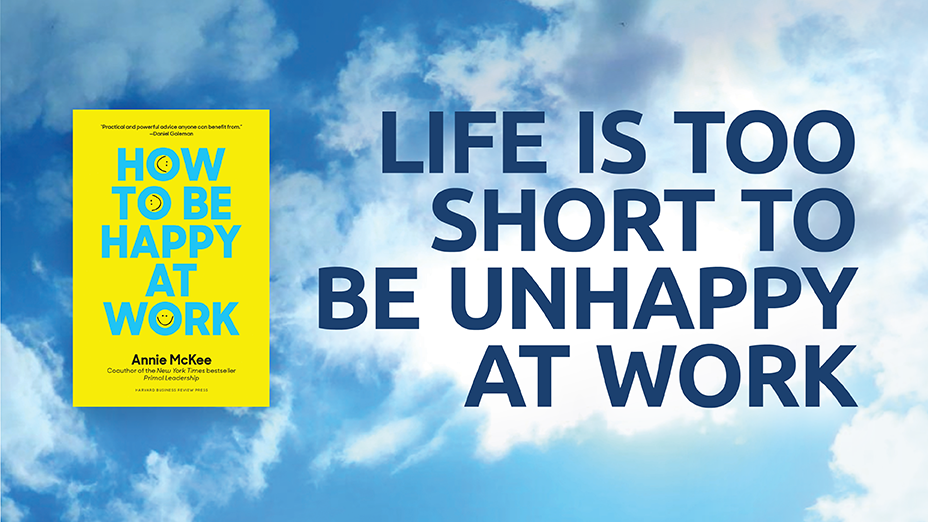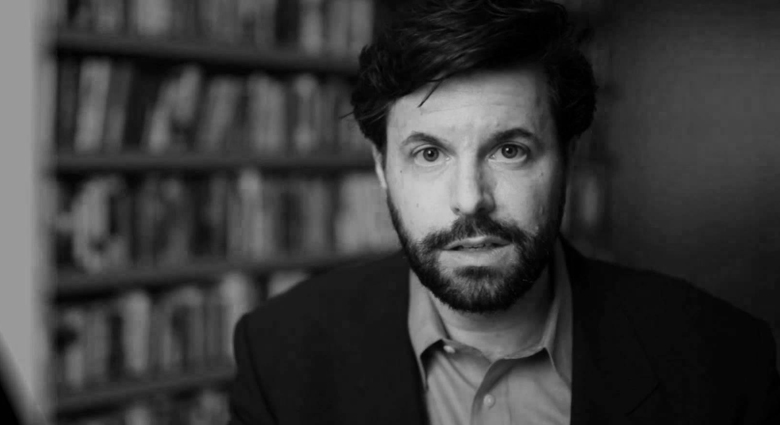Where should a would-be habit master start?
When I was reporting my book, The Power of Habit, this question was always at the back of my mind. My initial reporting focused on understanding the neurological structure of habits — what is known as the habit loop — which explains how habits can be created and changed.
Keystone habits start a process that, over time, transforms everything.
But our lives are filled with habits, and time is limited. Knowing how to improve behaviors doesn't resolve a central question: where to begin? Is it better to create an exercise habit, or reform eating patterns? Should someone focus on procrastination? Or biting their fingernails? Or both at the same time?
The answer came when I was introduced to a concept called 'keystone habits.' Some habits, say researchers, are more important than others because they have the power to start a chain reaction, shifting other patterns as they move through our lives. Keystone habits influence how we work, eat, play, live, spend, and communicate. Keystone habits start a process that, over time, transforms everything.
This, then, is the answer of where to start: focus on keystone habits, those patterns that, when they start to shift, dislodge and remake other habits.
Identifying keystone habits, however, is tricky. To find them, you have to know where to look. There are three basic characteristics that keystone habits all share, and if you look for these characteristics, you can figure out which parts of your life can become leverage points for success.
Characteristic One: The Science of Small Wins
When Michael Phelps's alarm clock went off at 6:30 A.M. on the morning of August 13, 2008, he crawled out of bed in the Olympic Village in Beijing and fell right into his routine.
He pulled on a pair of sweatpants and walked to breakfast. He had already won three gold medals earlier that week—giving him nine in his career—and had two races that day. Phelps's first race—the 200-meter butterfly, his strongest event—was scheduled for ten o'clock.
Two hours before the starting gun fired, he began his usual stretching regime, starting with his arms, then his back, then working down to his ankles, which were so flexible they could extend more than ninety degrees, farther than a ballerina's en pointe. At eight-thirty, he slipped into the pool and began his first warm-up lap. The workout took precisely forty-five minutes. At nine-fifteen, he exited the pool and started squeezing into his LZR Racer, a bodysuit so tight it required twenty minutes of tugging to put it on. Then he clamped headphones over his ears, cranked up the hip-hop mix he played before every race, and waited.
Phelps had started swimming when he was seven years old. His coach, Bob Bowman, knew Phelps could be great, but to become a champion, he needed habits that would make him the strongest mental swimmer in the pool. So Bowman focused on giving the swimmer keystone habits that drew on what's known as "the science of small wins."
Small wins are exactly what they sound like. A huge body of research has shown that small wins have enormous power, an influence disproportionate to the accomplishments of the victories themselves. "Small wins are a steady application of a small advantage," one Cornell professor wrote in 1984. "Once a small win has been accomplished, forces are set in motion that favor another small win." Small wins fuel transformative changes by leveraging tiny advantages into patterns that convince people that bigger achievements are within reach.
Which is exactly why Phelps's daily stretching routine and eating routine—and every other routine—served as a keystone habit: they created a mounting sense of victory. "There's a series of things we do before every race that are designed to give Michael a sense of building victory," his coach, Bob Bowman, told me. "If you were to ask Michael what's going on in his head before competition, he would say he's not really thinking about anything. He's just following the program. But that's not right. It's more like his habits have taken over. When the race arrives, he's more than halfway through his plan and he's been victorious at every step. All the stretches went like he planned. The warm-up laps were just like he visualized. His headphones are playing exactly what he expected. The actual race is just another step in a pattern that started earlier that day and has been nothing but victories. Winning is a natural extension."
Keystone habits create small wins. So to identify the keystone habits in your life, look for those patterns that give you numerous, small senses of victory; places where momentum can start to build.
Characteristic Two: Create New Platforms
The second way that keystone habits create success—and can be identified—is by looking for patterns that create new platforms from which other habits can emerge. When Phelps was a teenager, for instance, at the end of each practice, Bowman would tell him to go home and "watch the videotape. Watch it before you go to sleep and when you wake up."
The videotape wasn't real. Rather, it was a mental visualization of the perfect race. Each night before falling asleep and each morning after waking up, Phelps would imagine himself jumping off the blocks and, in slow motion, swimming flawlessly. He would visualize his strokes, the walls of the pool, his turns, and the finish. He would imagine the wake behind his body, the water dripping off his lips as his mouth cleared the surface, what it would feel like to rip off his cap at the end. He would lie in bed with his eyes shut and watch the entire competition, the smallest details, again and again, until he knew each second by heart.
During practices, when Bowman ordered Phelps to swim at race speed, he would shout, "Put in the videotape!" and Phelps would push himself, as hard as he could. It almost felt anticlimactic as he cut through the water. He had done this so many times in his head that, by now, it felt rote. But it worked. He got faster and faster. Eventually, all Bowman had to do before a race was whisper, "Get the videotape ready," and Phelps would settle down and crush the competition.
By establishing a keystone habit of visualizing victory every morning and night, Bowman and Phelps created a platform from which another habit—calming down and performing during a critical race—became effortless. The visualization keystone habit had prepared the soil from which other habits could grow.
Characteristic Three: Establish a Culture Where Excellence Is Contagious
Back in Beijing, it was 9:56 A.M.—four minutes before the race's start—and Phelps stood behind his starting block, bouncing slightly on his toes. When the announcer said his name, Phelps stepped onto the block, as he always did before a race, and then stepped down, as he always did. He swung his arms three times, as he had before every race since he was twelve years old. He stepped up on the blocks again, got into his stance, and, when the gun sounded, leapt.
The final characteristic of identifying keystone habits is to look for those moments when excellence—or change, or perseverance, or some other virtue—seems to become contagious. Keystone habits are powerful because they change our sense of self and our sense of what is possible.
For instance, during that race, Phelps knew that something was wrong as soon as he hit the water. There was moisture inside his goggles. He couldn't tell if they were leaking from the top or bottom, but as he broke the water's surface and began swimming, he hoped the leak wouldn't become too bad.
By the second turn, however, everything was getting blurry. As he approached the third turn and final lap, the cups of his goggles were completely filled. Phelps couldn't see anything. Not the line along the pool's bottom, not the black T marking the approaching wall. He couldn't see how many strokes were left.
For most swimmers, losing your sight in the middle of an Olympic final would be cause for panic.
Phelps was calm.
Everything else that day had gone according to plan. The leaking goggles were a minor deviation, but one for which he was prepared. Bowman had once made Phelps swim in a Michigan pool in the dark, believing that he needed to be ready for any surprise. Some of the videotapes in Phelps's mind had featured problems like this. He had mentally rehearsed how he would respond to a goggle failure. Most important, Phelps's keystone habits had established a certainty within his mind: he could succeed, no matter the obstacles. After all, he had always succeeded before. His self-image, all of his habits, were built around the certainty of overcoming any problem.
Identify the keystone habits... small senses of victory; places where momentum can start to build.
As he started his last lap, Phelps estimated how many strokes the final push would require—nineteen or twenty, maybe twenty one—and started counting. He felt totally relaxed as he swam at full strength. Midway through the lap he began to increase his effort, a final eruption that had become one of his main techniques in overwhelming opponents.
At eighteen strokes, he started anticipating the wall. He could hear the crowd roaring, but since he was blind, he had no idea if they were cheering for him or someone else. Nineteen strokes, then twenty. It felt like he needed one more. That's what the videotape in his head said. He made a twenty-first, huge stroke, glided with his arm outstretched, and touched the wall. He had timed it perfectly. When he ripped off his goggles and looked up at the scoreboard, it said "WR"—world record—next to his name. He'd won another gold.
After the race, a reporter asked what it had felt like to swim blind.
"It felt like I imagined it would," Phelps said. It was one additional victory in a day full of small wins. It was a triumph of keystone habits, just another step in a lifetime of success.





.png)




What Did You Think?